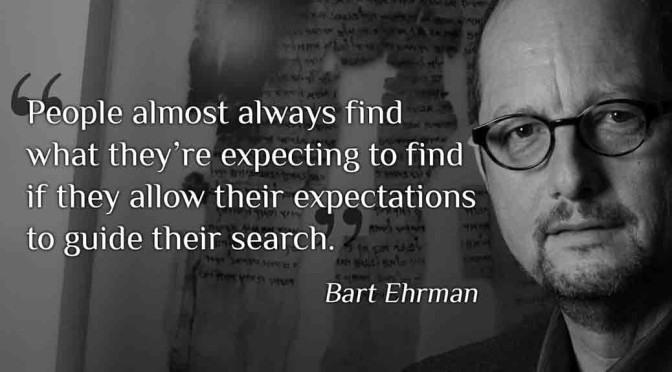By Anupum Pant
Background
The Frog in a pot is a very popular anecdote and you probably know about it. Still, if you don’t, it is about a frog that rests easy in a pot of water that is warmed slowly. Frogs normally won’t go into boiling water. They’ll jump out and keep themselves away from very hot water. But, if placed in a tub of water at normal temperature that is being heated slowly, according to the anecdote, they don’t react and end up getting cooked in the boiling water.
The story is used as a metaphor to tell a cautionary point about life. The moral of the frog story goes something like this – Letting small and seemingly harmless wrongs slip, could kill (or be bad for you). It basically tells you to not be complacent about minor changes that usually seem harmless, but add up to something big/bad.
The video proof?
Scientifically, a bizarre video (not for the faint hearted) on Youtube claims to proves the frog tale. The guy in the video initially tries to put a frog in a pot full of boiling water. Of course it resists, and doesn’t go in. Later, when the frog is put into a pot full of water at normal temperature and is warmed gradually, the frog never tries to leave. It gets cooked in the boiling water. Just like the tale suggests.
Everything looks very convincing about the video experiment. Little details like placing the frog on a piece of insulator so that it doesn’t feel direct heat through the metal base, are also taken care of in the video. Also, the narrator sounds so convincing with all the science facts referring to how cold blooded animals react to temperature. They indeed do! I totally fell for it. Watch it below…
The video cuts in between and the water which was put on flame before starts boiling suddenly after the cut. Or brains tend to skip video cuts. In the boiling water is something that looks like a dead/cooked frog. If you watched it till the end, the video shows you that the dead frog wasn’t a real one. No frogs were harmed in the making of the video. Good.
But, that completely nullifies the point this experiment tries to make. A fake rubber frog being cooked in boiling water doesn’t scientifically prove the tale.
The Science
Unlike us, who maintain a constant body temperature, the frog being a cold blooded animal, its body will react to its surrounding temperature and will try to match it. But real scientific experiments have never been able to prove it. According to a very old experiment that was done in the 1800s, where water was heated at 0.002°C per second, the frog was found dead at the end of 2½ hours. Why do you think would the frog sit still for 2½ hours?
Modern scientists reject the old experiment which seems to prove it. You could place your trust in the words of a Harvard professor, Professor Douglas Melton. He says:
If you put a frog in boiling water, it won’t jump out. It will die. If you put it in cold water, it will jump before it gets hot—they don’t sit still for you.
Victor H. Hutchison, Professor Emeritus of Zoology at the University of Oklahoma also said, “The legend is entirely incorrect!”
Moral: don’t believe everything you see on the internet.
Hit like if you learnt something today.






